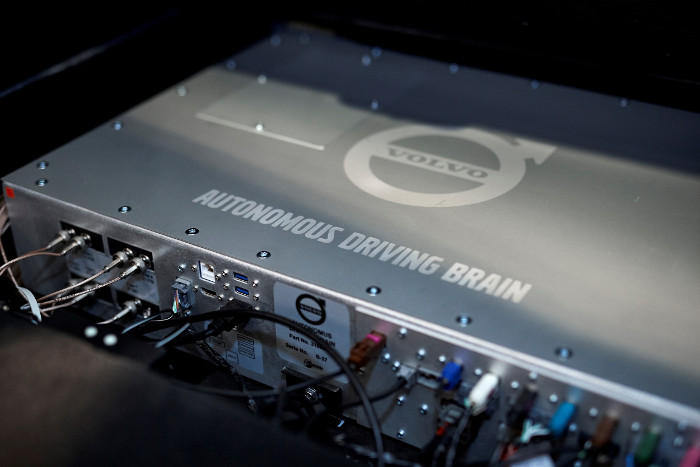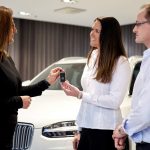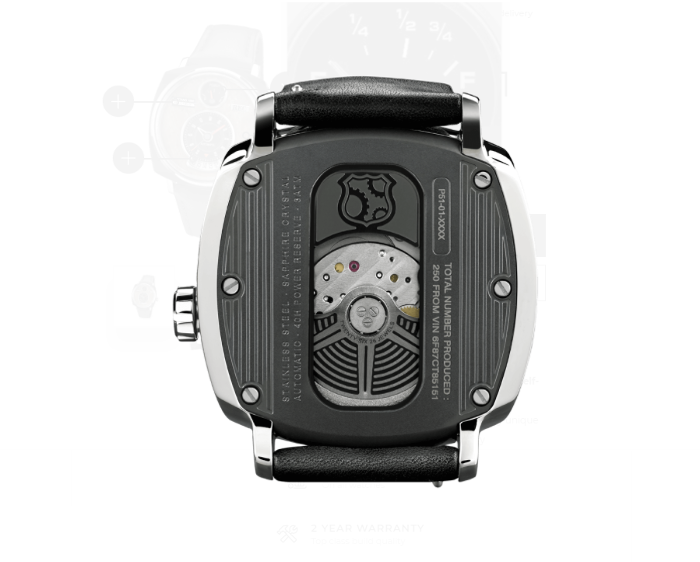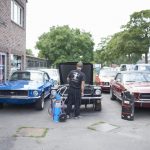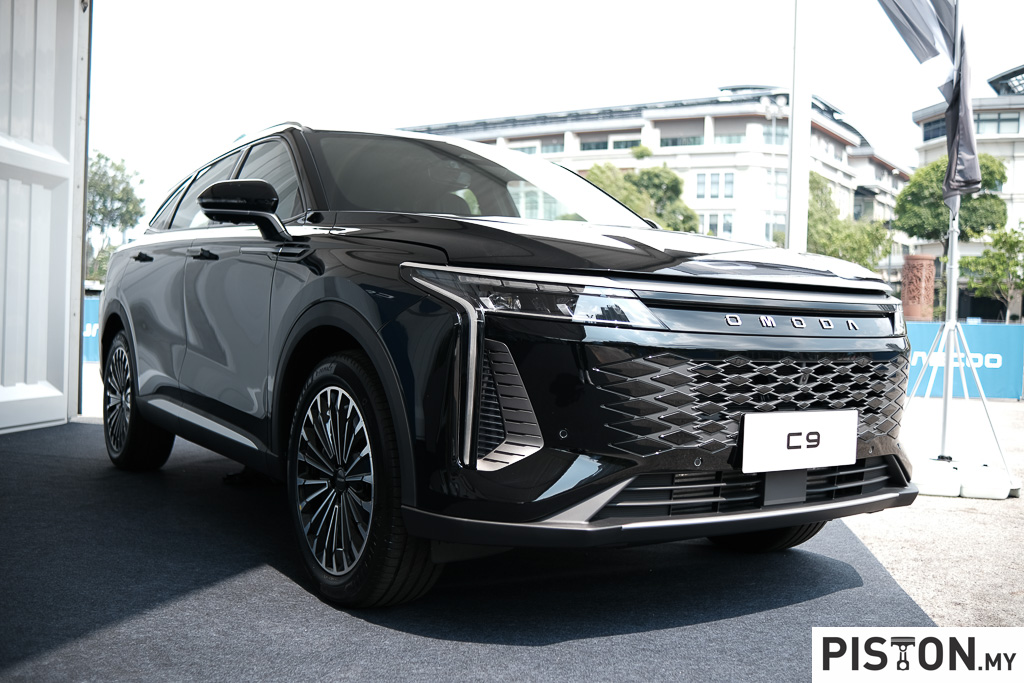Hyundai’s newest vehicle, the Kona has received high marks in the latest round of Euro NCAP crash safety tests. The independent European body determined that the Kona deserved a 5 star rating, the highest distinction possible in all four categories: Adult Occupant, Child Occupant, Pedestrian and Safety Assist.
“The five-star safety rating from Euro NCAP for the All-New KONA proves that our newest SUV fulfills the highest standards for the safety of our customers,” says Thomas A. Schmid, Chief Operating Officer at Hyundai Motor Europe. “The top result demonstrates that Hyundai Motor not only offers technology-driven and innovative solutions, but also makes them easily accessible to everyone.”
The compact SUV completed the required tests with more than satisfactory results thanks to it’s slew of safety tech. Most notable of the lot have to be Lane Keep Assist and Autonomous Emergency Braking. The former monitors vehicle movements, prompting drivers to keep within the white lines when they stray off course. It does give off audible and visual warnings before stepping in to steer it back on track.
The latter, which is becoming commonplace on many new vehicles, monitors the road ahead via radar and camera sensors. If the system senses an impending collision, it warns drivers both visually and audibly. If the driver continues to ignore the warnings, the system will step in and apply the appropriate braking pressure to avoid or lesson the severity of an impact.
Apart from these, the Kona also benefits from having High-Beam Assist (HBA) with Static Low Beam Assist, Driver Attention Alert (DAA), Blind-Spot Detection (BSD) and Rear Cross-Traffic Alert (RCCA). Together, these safety features makes up Hyundai’s SmartSense system. Adding to this, the car also offers SUV capabilities, allowing drivers to traverse tricky terrain in a safe manner.









